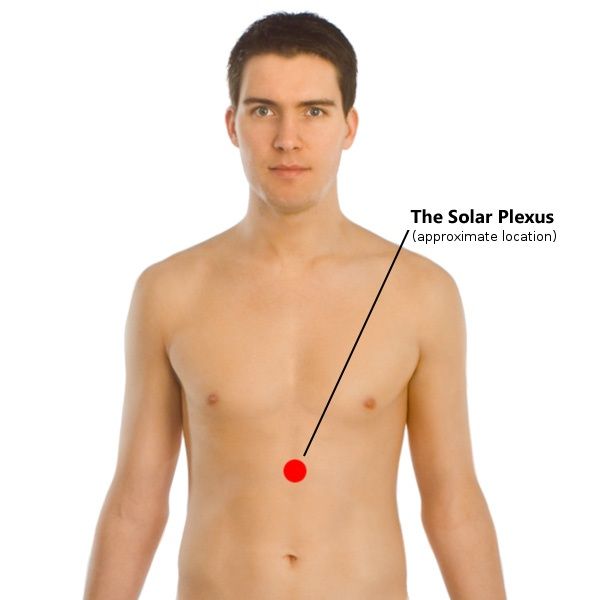It can be challenging these days, with the world in chaos, to stop worrisome thoughts. Meditation is often recommended as a good response.
There's another, less well-known tool set to relax the telltale physical signs of the fear state -- a racing or pounding heart; heavy, fast breathing; and restlessness. It involves focusing on your breathing pattern and shifting it to a lower gear.
The mechanism is a physical hack, to intentionally move the nervous system from its sympathetic fight-or-flight state to the parasympathetic rest-and-relax state.
Our respiratory control center is located in our reptilian brain -- the oldest, least complex but essential part of our three-part brain that includes the mammalian upgrade and then the human cerebral cortex. So many of our bodily functions that keep us alive -- from digestion to circulation -- happen on autopilot, but breathing can flexibly occur either consciously or unconsciously.
While our breathing reflects incoming stimuli, we also have the power to self-manage ourselves with it. For instance, fast breathing like the yogic fire breath can stimulate and invigorate us, and slow, gentle breathing can calm and relax us.
How can we use breathing as a constructive, de-escalation tool when fear is present but we are physically safe?

- Breathe slower and move the air deep down to the solar plexus and back. Don't turn it around at the chest halfway point. To find the solar plexus, imagine wearing a two-inch-wide sash right below the breast-bone. Another way to describe this landmark is that this place sits right below a woman's bra line. That's the top of the diaphragm.
- Breathe less volume. We have a huge capacity to take large breaths when we need to, on the rare occasions when we run fast or are hiking up steep terrain. If you are being chased and running away, that's appropriate. But if your thoughts are driving the feeling of fear notice how much air you are probably breathing, and intentionally breathe less.
- Breathe more gently; breathe lighter. Breathe so you and others can't hear or see you inhale or exhale Try imagining air as molecules, bubbles, entering your nose. Then visualize fewer, slower bubbles coming in. Or, put your finger under your nose to feel the flow of air and then experiment with what action you can take to reduce the air speed.
- If you always breathe with your mouth, you can do all this with your mouth, perhaps imagining breathing through a straw to limit the quantity of air to a smaller amount, until you get acclimatized through doing that to breathe with your nose instead.
Some of the imagery we teach children can be very powerful for adults too:
- Imagine how little breath a hibernating bear needs to stay alive in his den during Winter. Pretend you're a bear.
- Consider how prey animals stop in their tracks quickly and completely when they sense a predator is nearby, and stay as still as possible. Pretend you're a fawn or a mouse.
- Breathe like a healthy baby sleeping in a crib, who is so quiet and peaceful-looking that the mother wants to shake her baby awake to make sure he's still alive!
- Place yourself in a slow-motion video.
In the last couple years, scientists have recognized that breathing like this can help "tone" the condition of the vagus nerve, a cranial nerve that controls the heart, lungs and digestive tract and sends information to the brain.
The quality of our thinking is directly influenced by our breathing state. Over-breathing -- breathing more air than required for the needs of the moment -- is stress breathing and reduces delivery of Oxygen.
Here's how: Mouth breathing, which is typically how over-breathing happens, signals the body to tighten all the muscles in order to fight or flee a situation. If it's not a physical emergency though, allowing less Oxygenated blood to the brain by constricting tissue around the arteries, is not a plus. When that happens, the brain can literally go haywire with self-generated, out-of-context thoughts. "The brain, by regulating breathing, controls its own excitability," found researchers Balestrino and Somjen in 1988.
Breathing less at those moments, through advance training and practice, can be a skillful action.
Breathing Retraining Center offers individual and group training and coaching on self-management techniques to identify and correct poor-breathing habits. Breathing Retraining Center's educational products, courses and coaching are designed to improve breathing skills for people whose issues may be related to habits that have the potential to be improved, as a self-care/wellness activity. Breathing difficulty may be a warning sign of a life-treatening heart or lung condition, infection or other illness. Always check with your doctor about your own situation.
The Buteyko Breathing Technique and other breathing-retraining strategies we teach are an alternative approach and are not the practice of medicine, psychology or a form of psychotherapy, nor are they a substitute for seeking medical or psychological advice from an apporpriate professional health-care provider. We want to make the important distinction between using the Buteyko Breathing Technique and other breathing-retraining strategies for health and well-being and the practice of medicine, psychology or any other licensed health-care profession.
Breathing classes, coaching and other services from Breathing Retraining Center are offered by teachers who are not licensed by the State of California as physicians or other healing-arts practitioners unless so noted. We offer alternative non-medical/non-psychological techniques and our services are considered to be laternative or complementary to the healing arts that are licensed by the State of California.
.png)
